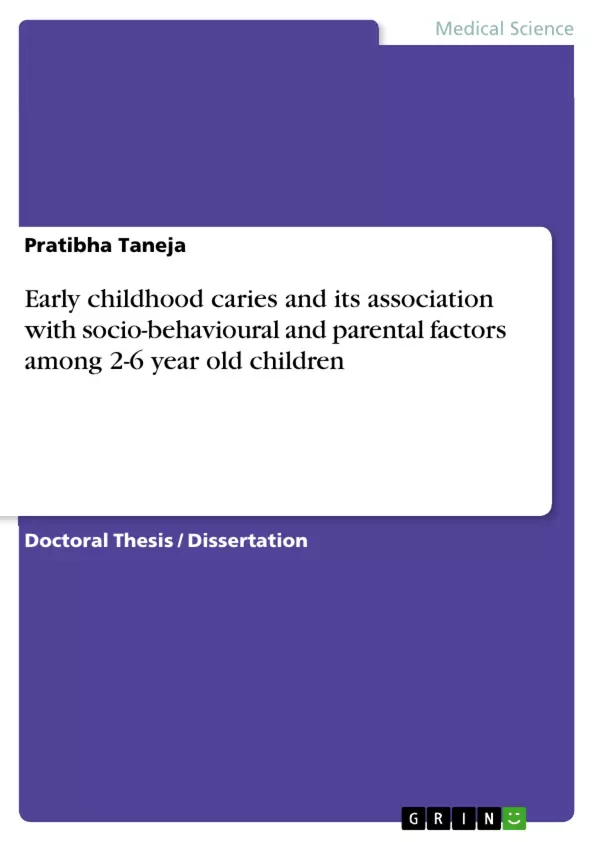Oral health is related to general health and quality of life, which emphasizes the importance of retaining good functional dentition. It is associated with development of healthy personality, perception and enables an individual to speak, eat and socialize without active disease and discomfort. The role of nutrition is also related to poor oral health affecting growth and cognitive development that leads to medical complications of untreated diseases, and result in poor social outcomes.
Despite the great improvement in oral health, many countries still encounter oral diseases which are widely prevalent, more so in the developing countries like India. Dental diseases, such as Dental caries, Periodontal disease and Oral mucosal lesions, are the major public health problem throughout the world with the high prevalence due to altered life style and eating habits. The burden of Oral disease is particularly high for the disadvantageous and poor population groups in both developing and developed countries.
Dental caries is an epidemic disease affecting humans of all ages in regions of most common disease of children. Among all the dental diseases, the prevalence of dental caries in India is increasing referred as “Disease of civilization.” According to Centre for Disease Control & Prevention, dental caries is perhaps the most prevalent infectious disease. Although it is well understood and preventable but still a global problem among children and young adults. More than 40% of children have caries by the time they reach kindergarten.
Inhaltsverzeichnis (Table of Contents)
- Introduction
- Review of Literature
- Definition of Early Childhood Caries
- Etiology of Early Childhood Caries
- Factors Affecting Early Childhood Caries
- Socio-behavioural factors
- Parental factors
- Other factors
- Material and Methods
- Study Design
- Study Area and Population
- Sample Size and Sampling Technique
- Data Collection
- Socio-demographic information
- Dental examination
- Oral hygiene practices
- Parental factors
- Data Analysis
- Results
- Socio-demographic characteristics
- Prevalence of Early Childhood Caries
- Association of Early Childhood Caries with Socio-behavioural factors
- Association of Early Childhood Caries with Parental factors
- Discussion
- Conclusion
- References
Zielsetzung und Themenschwerpunkte (Objectives and Key Themes)
This dissertation investigates the prevalence of early childhood caries among 2-6 year old children in Faridabad, India. The study aims to identify the association of early childhood caries with socio-behavioural and parental factors.
- Prevalence of early childhood caries in the studied population.
- Influence of socio-behavioural factors on the occurrence of early childhood caries.
- Impact of parental factors on early childhood caries development.
- Exploration of the relationships between different socio-behavioural and parental factors and early childhood caries.
- Identifying potential interventions and public health initiatives to address early childhood caries.
Zusammenfassung der Kapitel (Chapter Summaries)
The dissertation commences with an introduction providing background information about the problem of early childhood caries and highlighting the significance of the study. The review of literature section delves into various aspects of early childhood caries, including its definition, etiology, and contributing factors. The material and methods chapter outlines the study design, sampling technique, data collection methods, and data analysis plan. The results chapter presents the findings of the study, including socio-demographic characteristics, prevalence of early childhood caries, and associations between socio-behavioural and parental factors with early childhood caries. The discussion chapter interprets the results, comparing them to existing literature and exploring the implications for public health.
Schlüsselwörter (Keywords)
Early childhood caries, dental caries, oral health, socio-behavioural factors, parental factors, prevalence, risk factors, dental health education, preventive dentistry, public health dentistry.
- Arbeit zitieren
- Pratibha Taneja (Autor:in), 2016, Early childhood caries and its association with socio-behavioural and parental factors among 2-6 year old children, München, GRIN Verlag, https://www.grin.com/document/371909



